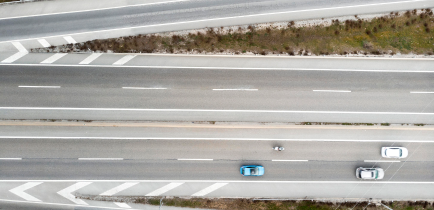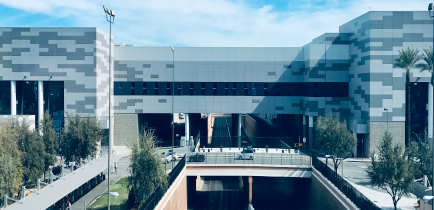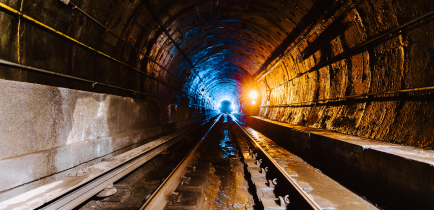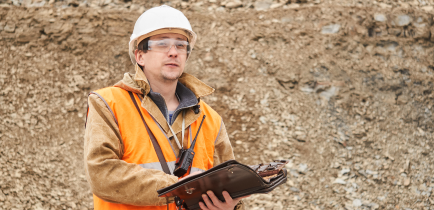GROUND MOTION MAPPING
GROUND MOTION MAPPING
What is Ground Motion Mapping?
Ground Motion Mapping is an analytical tool for mapping ground motion associated with geological phenomena, both natural and caused by anthropogenic activities.
Using technologies such as satellite interferometry, terrestrial interferometry, and terrestrial and satellite PhotoMonitoring™, we are able to map ground motion and analyze its changes over time to mitigate hazards.
Combining multiple data sources to analyze ground deformation, Ground Motion Mapping is the answer to examining in detail the chronology of a given geological phenomenon and imagining what might happen in the future, anticipating problems before they appear.
What is Ground Motion Mapping?
Ground Motion Mapping is an analytical tool for mapping ground motion associated with geological phenomena, both natural and caused by anthropogenic activities.
Using technologies such as satellite interferometry, terrestrial interferometry, and terrestrial and satellite PhotoMonitoring™, we are able to map ground motion and analyze its changes over time to mitigate hazards.
Combining multiple data sources to analyze ground deformation, Ground Motion Mapping is the answer to examining in detail the chronology of a given geological phenomenon and imagining what might happen in the future, anticipating problems before they appear.
Who is it for?

Managers and owners of road and rail assets
With Ground Motion Mapping, you can design and build your infrastructure based on fundamental information about site stability and surrounding elements to anticipate geological hazards and improve asset maintenance and monitoring.

Public administrations and local governments
Ground Motion Mapping supports urban development planning and in public safety management. These insights can give you tools for defining land development and mitigating seismic hazards.

Mining companies
Use our analysis to monitor slope stability in work areas and plan new mine sites. The goal? Make mining operations safer and provide information to help prevent catastrophic events.

Engineering or geological companies
Ground Motion Mapping helps you with structural analysis and design of roads, bridges, and hydrogeologic hazard mitigation.

Insurance companies
Ground Motion Mapping reduces the risk associated with insured assets such as buildings and infrastructure. With the data, you can make an accurate risk assessment to better manage potential claims.

Oil & Gas companies
With Ground Motion Mapping, you can improve environmental emergency management and use hard data to design, build, maintain and monitor pipelines.
Cutting-edge services offered by NHAZCA for GMM
Detailed analysis of soil movement
Infrastructure monitoring
Support for territorial planning
Cutting-edge services offered by NHAZCA for GMM
NHAZCA technologies for GMM
NHAZCA technologies for GMM
Why choose NHAZCA for Ground Motion Mapping?
01
02
results
03
Why choose NHAZCA for Ground Motion Mapping?
01
02
03